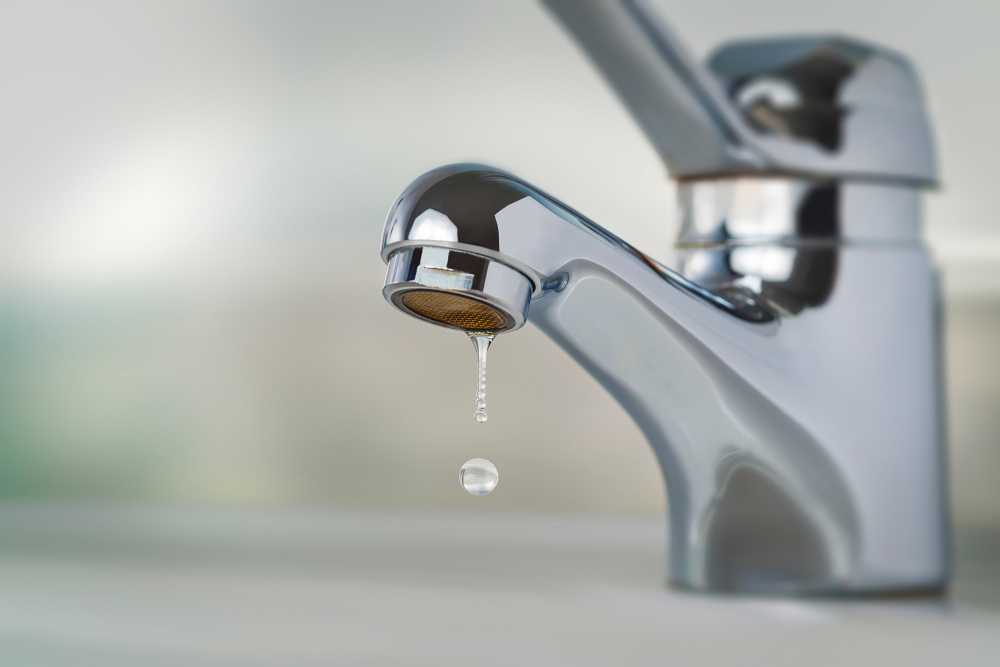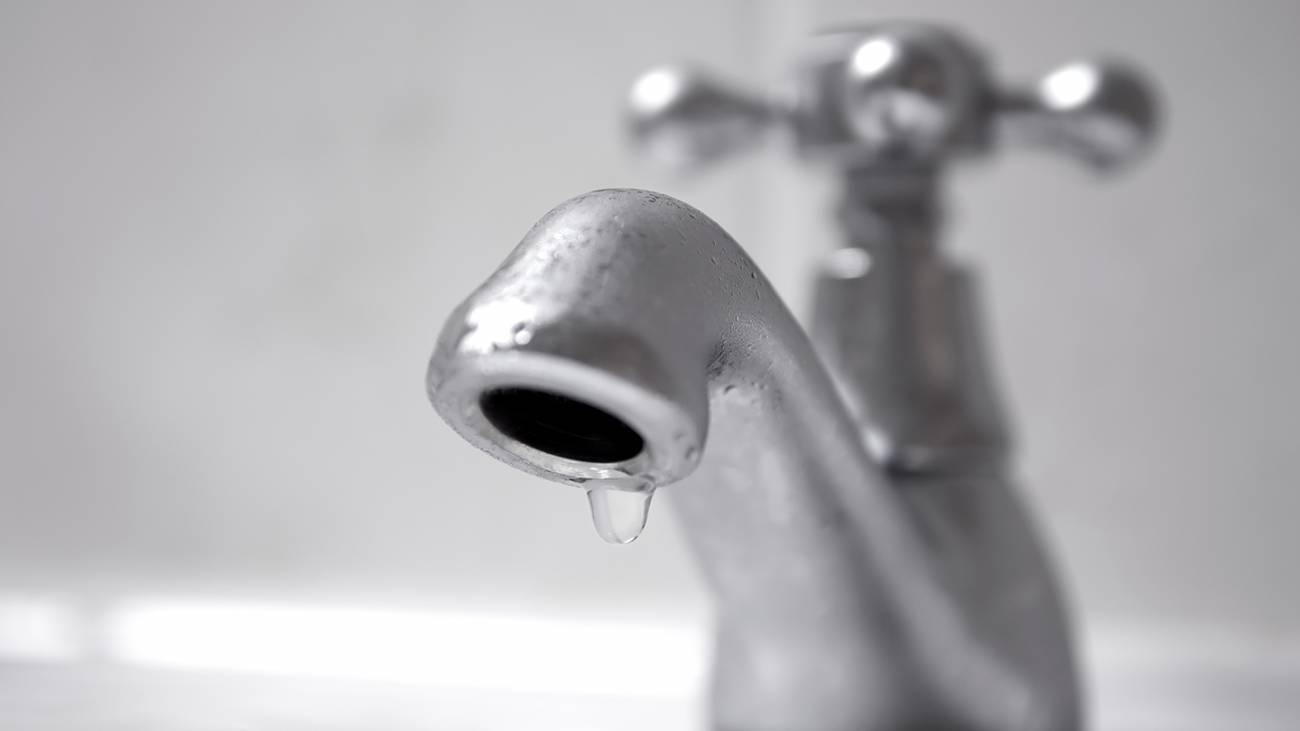An Impact of Damaged Faucets
An Impact of Damaged Faucets
Blog Article
The article author is making a few great observations regarding The Environmental Impact of Leaky Faucets in general in the article down below.

Introduction
A leaking faucet might seem like a minor annoyance, but its effects expand much past the periodic drip. Comprehending the impacts of a leaking faucet is crucial for both homeowners and the environment. In this post, we'll explore the various influences of this typical family problem and why resolving it quickly is vital.
Causes of Leaky Faucets
Leaking faucets can result from a variety of aspects, consisting of damage, high water pressure, and rust. Gradually, the constant use of faucets can bring about worn-out seals and gaskets, creating leakages to develop. Furthermore, extreme water stress can place stress on plumbing components, resulting in leaks. Rust and corrosion can also compromise tap components, making them vulnerable to leakage.
Water Wastefulness
One of one of the most substantial repercussions of a leaky tap is water waste. Also a little drip can amount to gallons of drainage over time. This not just increases water expenses however likewise adds to water shortage and ecological destruction. Addressing leaky faucets quickly is vital for conserving this valuable source and reducing its influence on the world.
Financial Impact
Along with drainage, leaking faucets can additionally have a substantial monetary impact. Enhanced water costs are a straight consequence of water wastage, costing property owners hundreds of bucks every year. Moreover, the price of fixing water damage caused by leakages can be substantial, specifically if left ignored for an extended duration.
Ecological Impact
The environmental effect of leaking faucets expands beyond water wastefulness. By preserving water, property owners can add to broader initiatives to mitigate water shortage and protect natural communities. Sustainable options such as rainwater harvesting and water-efficient fixtures can additionally lower the environmental footprint of home water use.
Technical Solutions
Innovations in innovation have resulted in the advancement of wise faucets and water-saving devices that help decrease water wastefulness. Smart taps utilize sensors to discover movement and adjust water circulation as necessary, decreasing waste without sacrificing ease. Water-saving tools such as aerators and low-flow showerheads are likewise effective in preserving water without jeopardizing efficiency.
Worldwide Perspectives
While leaking faucets might appear like a local concern, they contribute to broader international obstacles such as water scarcity and climate change. In regions already facing water stress, every drop counts, making leak prevention and repair service crucial. By adopting water-saving practices and investing in sustainable modern technologies, home owners can play their component in resolving these pushing global issues.
Regulative Steps
Federal government guidelines play a crucial duty in reducing the effect of leaky faucets and promoting water conservation. From constructing codes that require water-efficient fixtures to water-saving rewards and refunds, policymakers have a variety of devices at their disposal. By implementing and applying these laws, governments can make sure that home owners prioritize water conservation in their day-to-days live.
Area Impact
Resolving leaky taps calls for collective efforts at the neighborhood level. By increasing recognition concerning the relevance of water conservation and providing sources for leak detection and fixing, local authorities can equip home owners to act. Campaigns such as water-saving refund programs and leakage discovery projects can incentivize actions modification and advertise liable water usage.
Instance Researches
Real-life examples of the impact of leaky taps emphasize the significance of aggressive maintenance and timely fixings. From water damage to skyrocketing water expenses, the repercussions of overlooking leaks can be serious. By sharing these case studies, property owners can much better understand the significance of attending to leaking taps without delay.
Educational Campaigns
Educational campaigns play a vital function in raising awareness about the effects of leaky taps and advertising water preservation techniques. Via workshops, seminars, and on-line sources, property owners can find out just how to spot and repair leakages themselves. By empowering individuals with understanding and tools, instructional campaigns can foster a culture of accountable water usage within neighborhoods.
Wellness Issues
Leaky faucets can create favorable settings for mold and mildew and mildew growth, posturing health and wellness dangers to passengers. The existence of mold can exacerbate respiratory issues and allergies, especially in prone people. Furthermore, water damages resulting from leakages can jeopardize the structural honesty of structures and cause expensive repair work.
DIY vs. Professional Fixing
When confronted with a leaking faucet, home owners usually dispute whether to attempt fixings themselves or employ a professional plumber. While do it yourself repair work can conserve money, they may not always deal with the underlying issue effectively. Specialist plumbing technicians have the competence and equipment to identify and fix leakages properly, guaranteeing long-lasting solutions and assurance for property owners.
Preventive Measures
Preventing dripping taps requires normal upkeep and proactive actions. Easy tasks such as replacing damaged washers and seals can prevent leaks from developing. Furthermore, updating to premium components and minimizing water stress can help prolong the life expectancy of taps and lessen the risk of leaks.
Verdict
In conclusion, the impacts of a leaky tap prolong far past the occasional drip. From water waste and increased water costs to health and wellness problems and ecological effect, the effects of overlooking leakages can be significant. By dealing with leaking taps without delay and taking on water-saving techniques, property owners can mitigate these effects and contribute to a much more sustainable future.
Why You Shouldn’t Ignore a Leaky Faucet in Your Home
What Causes a Leaky Faucet?
Various factors can cause a leak, from loose and worn-out parts to corrosion. Your faucet has four essential components from which most plumbing issues will stem: the O-ring, the valve seat, the washer and the gasket.
What Is an O-Ring?
The O-ring is a stem screw that fastens parts of the faucet in place, preventing water from leaking out of the spout. Depending on your faucet type, the stem might have multiple O-rings. Water will drip from the faucet’s handles and base if this part breaks or deteriorates.
What Is a Valve Seat?
The valve seat controls the flow and temperature of the water. Found at the base of the handle, it works as a seal for the faucet’s stem. The valve seat ensures the water is allowed to flow or is blocked as the handles dictate. You’ll know it’s malfunctioning when water leaks from your faucet’s sides.
What Is a Gasket?
The gasket is found between the water inlet and the valve stem. It creates a seal between the faucet and the sink, holding its joints by aerators attached to the stem’s head. Water will trickle out from the base if the gasket isn’t working.
What Is a Washer?
The washer secures the handles and prevents leakage, serving a similar purpose to the O-ring. While the O-ring is ordinarily round and made from an elastic material, such as rubber, the washer is square-shaped and composed of brass, copper and other hard metals. If it malfunctions, corrodes or has been improperly installed, water will leak out of the handles, causing that incessant faucet drip.
Why Is a Leaky Faucet Dangerous?
A leaky faucet left alone for too long can have significant consequences.
Pest Infestations
Since bugs and rodents gravitate towards the scent of water, a leaky faucet will draw pests to your sink. Both are looking for leaks accessible through crawl spaces, which a faucet provides. If you leave water dripping for too long, you run the risk of an infestation.
Rust
If one of the faucet parts has started to corrode, the resulting rust can spread to your pipes and valves with startling speed. The rust might even lead to cracks or other impairments, resulting in more severe plumbing issues.
Your sink could also sustain damage from a leaky faucet. The water in your tap possesses sparse elements of calcium and iron that can stain your sink with repeated and prolonged exposure. Once those elements in the water have been open to the air for some time, your sink will start to rust, creating marks that can be difficult to remove.
https://www.tomsmechanical.com/blog/why-you-shouldnt-ignore-a-leaky-faucet-in-your-home

I was shown that editorial about through a buddy on another website. Those who enjoyed our blog posting please remember to pass it around. Thanks a lot for going through it.
Report this page